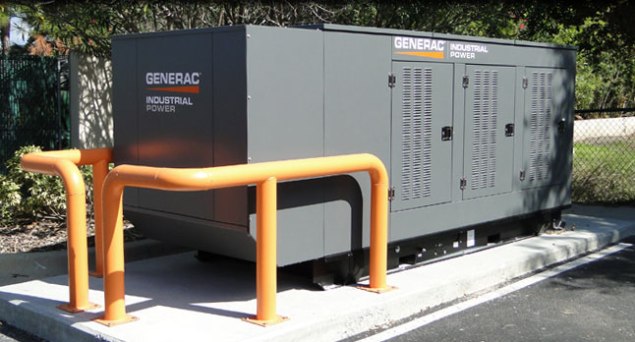Tags
Commercial Generators florida, Generator fuel filtering florida, Generator load banking florida, Generator rental, Generator sales, Generator service, Industrial Generators florida, Residential Generator florida, Standby engine
 Possibly you know this already; a generator typically requires tests to measure its ability in producing electricity during a power outage. In most of the cases, these tests are typically performed by a service provider that specializes in Emergency Power Supply System (EPSS) maintenance. Well, in this article we would be focusing on Generator load banking in Florida, which is basically load testing to measure its operating efficiency. Load testing is also done in resolving a condition known as wet stacking.
Possibly you know this already; a generator typically requires tests to measure its ability in producing electricity during a power outage. In most of the cases, these tests are typically performed by a service provider that specializes in Emergency Power Supply System (EPSS) maintenance. Well, in this article we would be focusing on Generator load banking in Florida, which is basically load testing to measure its operating efficiency. Load testing is also done in resolving a condition known as wet stacking.
It is pertinent mentioning here that in case if you need these services, using an independent generator service in place of a manufacturer is certainly a much better option to be relied on. Aside from providing you with better response and slimmer price tag, an expert service provider of residential and Industrial Generators in Florida also focuses on maintenance and testing, whereas manufacturers typically ponders on the aspects of development and Generator sales.
Simply put, in case if you need any emergency power testing, then it’s the high time to schedule a free consultation with a standby engine service provider as soon as possible. This is however especially important if your building contains a level 1 generator.
The significance of Generator load banking in Florida
Well, it is all about testing the generator’s efficiency by measuring whether or not the stand by engine is capable of operating at a certain percentage of its nameplate kilowatt rating.
The first line of this type of load testing is typically a monthly test that is performed under National Fire Protection Association (NFPA) code 110 guidelines. In order to get a green signal the genset must be capable of operating under available load and should be able to operate at a minimum of 30% of its nameplate kilowatt rating. To pass this test your genset should be able to achieve the minimum exhaust gas temperature for monthly testing, as stated by the manufacturer.
Remember, if your standby engine fails to achieve one of these criteria, NFPA 110 states that it should be tested each year under artificial load. During the test of Generator load banking in Florida, the genset is tested for two continuous hours in the following manner:
- 30 minutes at 25% of the nameplate kilowatt rating
- 30 minutes at 50% of the nameplate kilowatt rating
- 60 minutes at 75% of the nameplate kilowatt rating
Get it straight here; load bank testing also helps in increasing the gen set’s efficiency. It resolves the issues of wet stacking and can also cause the unburned fuel to evaporate.
